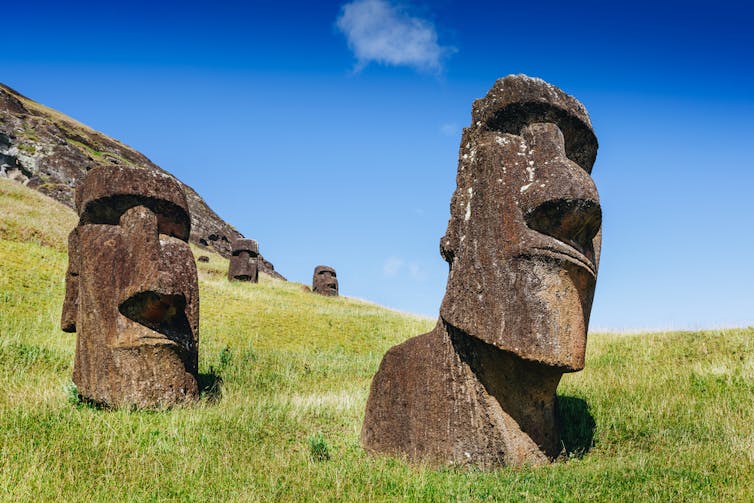Calorie-restricted diets have been shown to increase the lifespan and healthspan of everything from yeast to monkeys – as long as there is no malnutrition. And while no long-term studies have proven the benefits of calorie restriction on human lifespan, shorter-term studies suggest that it does improve health. Here’s how it might work.
Our bodies monitor and sense the amount of nutrients available through specific molecules in our cells. Depending on the amount of food we eat, these molecules tweak our metabolism to regulate how we use the available nutrients. One of these molecules is an enzyme called TOR.
When there is a lot of food, the TOR enzyme instructs cells in the body to grow. If there is less food, TOR instructs the body to be on alert – a state that scientists refer to as a “mild stress response”.
Many experiments have shown that when animals eat a lot of food, especially for prolonged periods, TOR senses this and their lifespan becomes shorter. But do all foods have this effect on TOR?
TOR enzyme is especially activated when cells sense large amounts of amino acids (the building blocks of protein) or protein. A protein-restricted diet, without malnutrition, can have the same effects on the metabolism and lifespan of lab animals as a calorie-restricted diet.

Age-related disease and TOR enzyme
Age-related diseases are known to be caused by genetic mutations, but could there be a connection between TOR, nutrition and diseases of old age? We know that nutrition is associated with cancer and heart disease, and overactive TOR is known to be involved in these diseases, but recent studies show that TOR is also directly related to neurodegenerative diseases. For example, the activity of the TOR enzyme in the brains of people with Alzheimer’s is much higher compared with healthy brains. Also, simulating these diseases in mice and other lab animals has shown that removing excess TOR stops brain cells dying.
Read more…
There Is No Such Thing As Healthy Aging
Should obesity and aging each be considered a disease?
Alzheimer’s disease: have we got the cause all wrong?
So there may be a link between what we eat, how it is sensed by our body and the risk of neurodegenerative disease. Scientists are exploring different possibilities to prevent neurodegeneration. If more protein means more active TOR, we could either modify our diet, safely, or develop a drug that tricks our body into thinking it is getting less protein.
Work in many labs, including ours, have shown that caffeine and a drug called rapamycin do exactly that. While cells have abundant protein, their metabolism and lifespan are similar to protein-restricted cells. We are currently investigating this in human neurons and the first results point in the same direction.
Not that simple
Does that mean that we should change our diets and protein intake? What about other nutrients such as sugars? Unfortunately, as expected, things are not that simple. Many other molecules within our bodies are involved in sensing nutrients including carbohydrates, which affect longevity and age-related disease.
This is why we need to be very cautious. First, everyone has different needs for nutrients depending on their developmental stage and age, gender or activity levels – to name only a few important factors. Also, while evidence from the lab using human cells and tissues is piling up, we need large population studies that can record specific diets, including protein, fat and carbohydrate intakes, with parallel analyses of the relevant health or molecular markers. Such studies need decades to generate solid data and valid conclusions.
Still, with the development of new technologies and scientific approaches, we are taking steps towards understanding the underlying causes of ageing and age-related disease. Coupled with targeted clinical trials and population studies, perhaps one day soon we’ll be able to achieve healthy ageing and longer lifespans.
Charalampos (Babis) Rallis, Senior Lecturer in Biochemistry, University of East London
This article is republished from The Conversation under a Creative Commons license. Read the original article.

